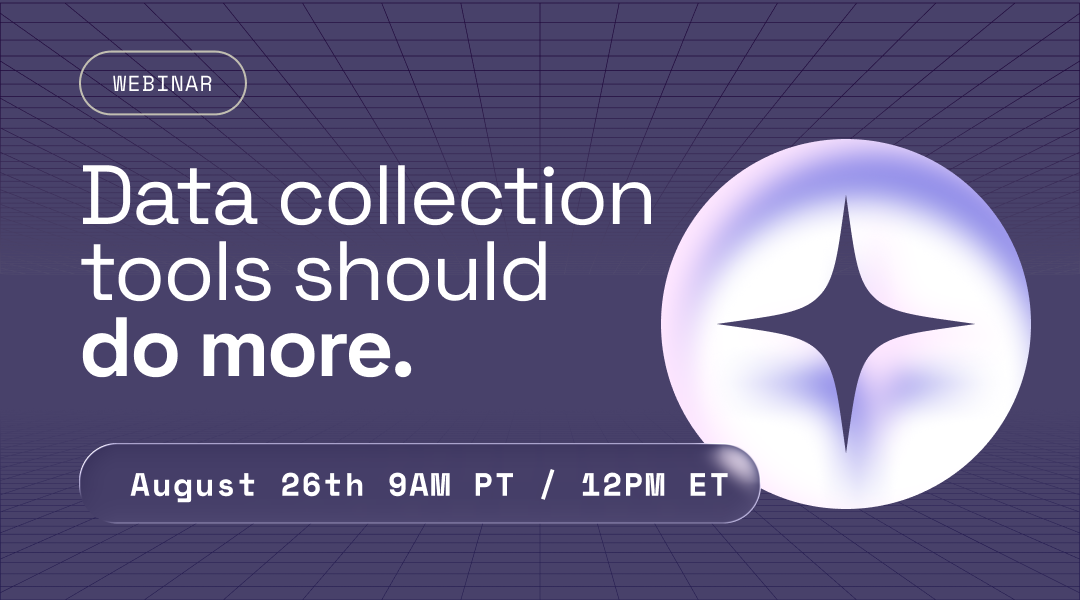Have you ever wondered how data could be a game-changer for your nonprofit needs? You're not alone. As nonprofits take on increasingly pivotal roles in tackling societal issues, the need for a robust impact measurement system has never been more critical. Let's dive into the transformative world of impact measurement and explore how it's revolutionizing the nonprofit sector.
1. Amplify Mission and Funding Through Outcome
Nonprofits that prioritize outcome measurement are not just data-driven; they are destiny-driven. These organizations can attract a diversified pool of funders and supporters by focusing on specific, measurable outcomes. This outcome-centric approach builds credibility and fosters long-term, sustainable growth.
.webp)
Case Study: The Impact Genome Project's Revolutionary Approach
Take the Impact Genome Project, for instance. This comprehensive database analyzes the social impact of various interventions across sectors. Providing a standardized cost-per-outcome metric allows nonprofits to present a compelling case to potential funders. This level of transparency and accountability is not just good governance; it's a game-changer in building trust and attracting long-term investment.

2. Mission Alignment
The road to reaching your organizational mission is paved with good intentions, but how do you ensure you're on the right path? By integrating beneficiary feedback and data analytics, nonprofits can align their operations more closely with their mission.
Case Study: Empowering Young Girls Through Data-Driven Coding Bootcamps
Let us take an example of a nonprofit that aims to empower young girls through coding boot camps. By measuring program participation, completion rates, and subsequent employment, they can fine-tune their interventions to ensure they are genuinely impactful and aligned with their mission.

For example, let us assume that Girls aged 15 to 17, especially those in underprivileged communities, face a higher risk of human trafficking. This is due to limited educational opportunities and limited employment prospects. One proposed intervention is introducing coding boot camps to equip these young girls with essential coding skills. The anticipated result is broadening their access to high-paying technical roles, which can reduce their confinement to low-wage jobs and mitigate their vulnerability.
The success of such an intervention can be measured through program participation, completion rates, and subsequent employment in technical roles.

Impact mapping
3. Transparent Program Reporting
In the eyes of funders and stakeholders, performance measurement is not just a metric; it's a message. It signals a nonprofit's commitment to transparency, accountability, and continuous improvement.
Case Study: The Mulago Foundation's Investment in Impactful Reporting
The Mulago Foundation, for example, exclusively invests in organizations that systematically measure and report their impact. This rigorous approach to performance measurement strengthens stakeholder relationships and opens doors to new funding opportunities.
4. Evidence-Based Interventions
In a world awash with challenges, nonprofits that can provide tangible evidence of their impact stand out. Performance data enhances a nonprofit's societal value and identifies areas for improvement, leading to more effective interventions.
Case Study: Transforming Maternal Health in Rural Jharkhand Through Impact Measurement
Take the case of a nonprofit working to reduce maternal mortality in rural Jharkhand. By measuring the effectiveness of initiatives like antenatal care registration and risk management for anemia, they can allocate resources more efficiently, thereby maximizing their societal impact.
Rural Jharkhand experiences high maternal mortality rates, primarily due to inadequate healthcare support for pregnant women. This issue is compounded by low institutional delivery rates, limited antenatal care registration, and a lack of awareness about nutrition and folic acid consumption during pregnancy. Furthermore, inadequate risk management for anemia, hypertension, and gestational diabetes exacerbates the problem. By measuring the effectiveness of initiatives to improve these areas, nonprofits can significantly enhance the health and well-being of expectant mothers in these regions.

Case Study: Reinforcing Social and Community Services
Underfunded social and community services struggle to support vulnerable populations and address pressing community issues. By quantifying the impact of nonprofit interventions in these areas, successful strategies can be identified, and areas for improvement can be detected. Data-driven insights like these can guide a more effective allocation of resources, significantly enhancing social services efficiency and effectiveness.

The Imperative of Impact Measurement in Nonprofits
In summary, impact measurement is not a mere operational tool; it's a strategic asset. Through rigorous performance measurement, nonprofits can articulate, manage, and amplify their societal value. This comprehensive approach ensures that nonprofits are doing good work and doing the work well.
Ready to make a bigger impact? The time to start measuring is now.
Learn More:




.webp)


